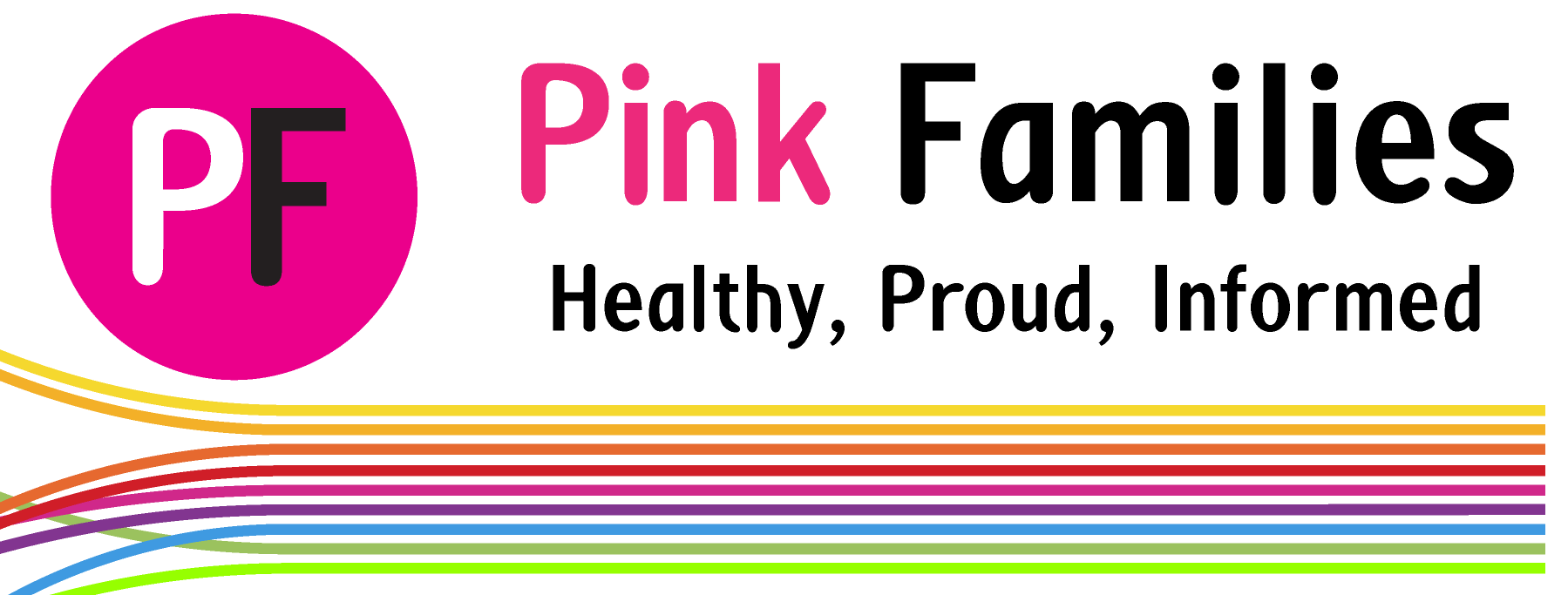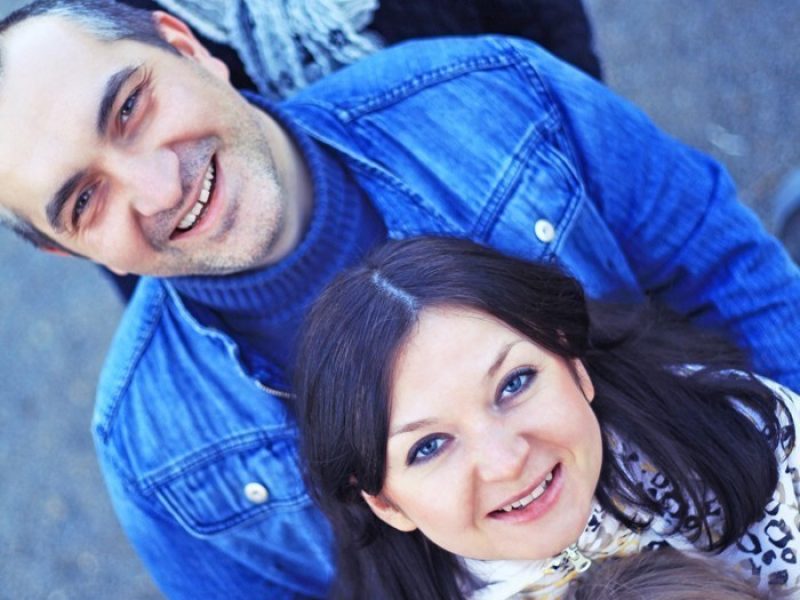To help get to the bottom of this, a study explored what straight women look for in a gay co-parent. Even though the study was very small, it only involved 10 straight women from Israel, three interesting characteristics were revealed: 1) stability, 2) readiness for raising a child, and 3) manliness.
1. Stability: knowing that he will be able to provide for the child
Stability was an important feature that the women looked for in a potential gay co-parent. Stability was viewed as involving financial stability, emotional availability and relationship stability.
For example, in terms of financial stability, some of the women looked for a co-parent that had a good employment track record. This was seen as evidence that their gay co-parent would be able to provide for their child financially.
In terms of emotional support, they wanted to know that their gay co-parent would be able to provide emotionally for the child. They wanted to know that he had enough emotional reserves and emotional freedom to support the child.
Some of the women thought that if the gay man was involved in many different relationships then he would be less likely to be emotionally available. The women took time to think about the relationships that their potential co-parent had or was having.
Gay men who were already in a stable and committed relationship were sometimes preferred over those who were single or dating. This was because the partner of their gay co-parent was a known quantity.
2. Ready to raise a child
The women also evaluated how ready the potential gay co-parent was to raise a child. This was evaluated through examining the co-parent’s lifestyle and any comments they made about how ready they were to become a dad.
This quality was the most important quality to get right for some of the women. It was more important than stability or the third characteristic, which was how manly they were.
3. Is he manly enough?
For the women in this study, a potential gay co-parent was also someone that they described as needing to have manly qualities. This is because they saw manliness as a good quality to pass on to their child. The women assessed this by examining a number of qualities that the man had, including his looks and how self-absorbed he was.
Conclusion
These findings make for interesting reading. They raise the question of how a level of manliness might be required in a gay co-parent for some people. Manliness could be seen as being equated with straightness, which could be seen as wanting to involve a gay co-parent who has many supposed characteristics of a straight man. These findings raise lots of questions about gender stereotypes, both for the gay co-parent but also for the child.
References
Segal-Engelchin D. Erera PI. Cwikel J. Having it all? Unmarried Women Choosing Hetero-Gay Families. Affilia 2012;27:391-405.


